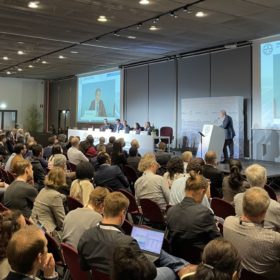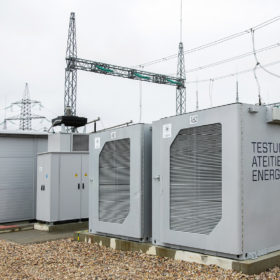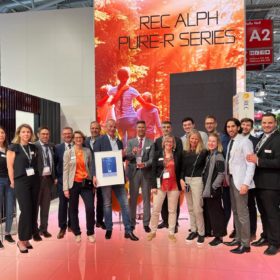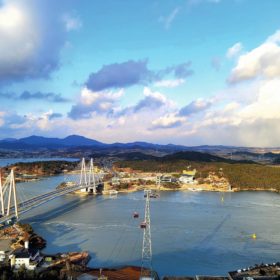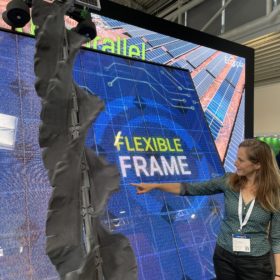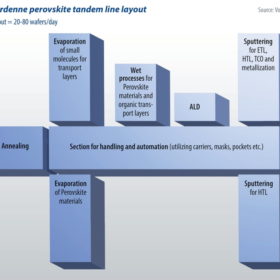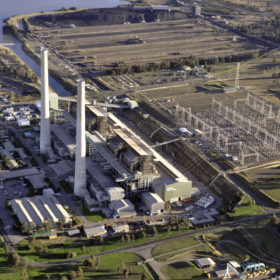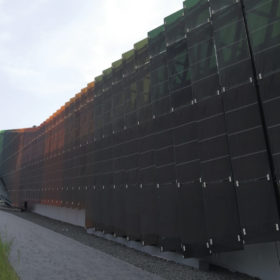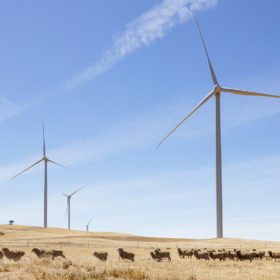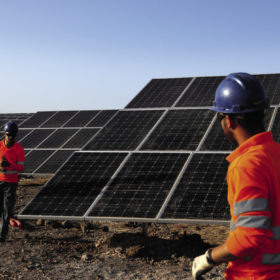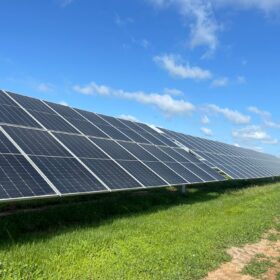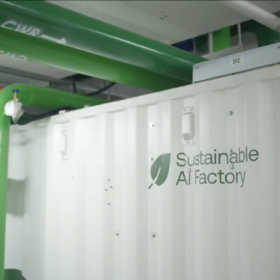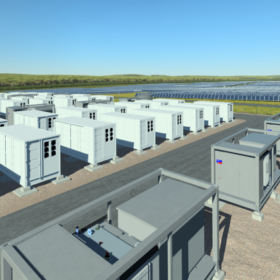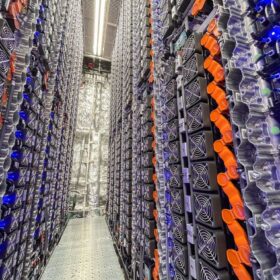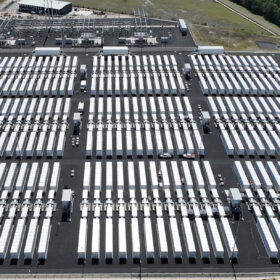‘The first terawatt of solar PV installed globally took some 70 years to achieve, while the second will likely take only three’
Leading solar researchers from around the world are meeting for the first time in four years in Milan, Italy, for the 8th World Conference on Photovoltaic Energy Conversion (WCPEC-8). The first morning has seen prestigious awards bestowed on two scientific leaders and inspirational discussions as to how the “second terawatt” of solar can be installed globally in just a handful of years.
Weekend read: Dawn of virtual transmission
Quick and versatile, batteries are providing a growing number of services to homes, businesses, and on the grid. Electricity network operators are beginning to adopt grid-scale batteries, with the initial applications potentially opening the way for renewable energy to flow more freely and across larger distances than ever before.
REC: “Our future is in HJT”
While many solar manufacturers are as yet undecided about which PV cell technology they will choose for their next high efficiency expansions, for Singapore-based REC, the future is HJT. pv magazine spoke to Cemil Seber, the managing director at REC Solar EMEA GmbH at the Intersolar Europe 2022 trade show, to dig deeper into these manufacturing plans.
‘Clear winds of change’ in Southeast Asia
After a decade of under-delivering on its potential, there are changes afoot in Southeast Asia’s renewable energy development, says Assaad W. Razzouk, the CEO of Singapore-based developer Gurin Energy. Razzouk points to success stories in the region and notes that political will and clear regulations for developers are needed.
Have your say on the future of automation in solar O&M
Cost efficiency while maximizing power output is the name of the game in solar project development and asset management. And the automation of the provision of utility scale solar operations and maintenance (O&M) is fast becoming one of the most compelling opportunities. Help shape the future of automation in solar O&M by completing this first-of-its kind survey.
Weekend read: Making tandem cells stack up
Perovskite tandem technology is shaping as the route to PV cell efficiencies well beyond 27%. But building the tandem stack in a way that can be scaled into gigawatt production is not a trivial challenge, says Sebastian Gatz, VP photovoltaics for German equipment supplier Von Ardenne.
Rule change aiming to delay coal retirement of “limited” impact
An attempt by the Morrison Government to extend the closure requirement notification for electricity generators from 3.5 years to five years will likely have “limited” impact, says industry observers. Federal Energy Minister Angus Taylor announced the move today, requesting that the Australian Energy Market Commission (AEMC) enact the rule change.
Weekend read: BIPV no refuge
Deployment in the building integrated PV segment is accelerating, and so too are the number of solar products available to architects and developers. And while BIPV had long been the segment in which an array of thin-film technologies could shine, they are now in increasingly stiff competition with crystalline silicon rivals.
Neoen’s 204MW/34MWh Bulgana project points to co-located renewables future
French renewable developer IPP Neoen announced the completion of its Bulgana wind-plus-storage project in the Australian state of Victoria. Having now installed more than 650MW of large-scale solar, wind, and battery storage in the state, the developer has pointed to its “well balanced” renewable portfolio in Victoria including an additional 2GW of projects in the pipeline.
Rystad: Residential solar soars past C&I in 2021
Renewable energy and battery storage has racked up another banner year in 2021, according to end-of-year analysis from Rystad Energy. While there was growth across segments, residential solar has seen the most impressive gains, surpassing the commercial and industrial (C&I) segment for the year.

